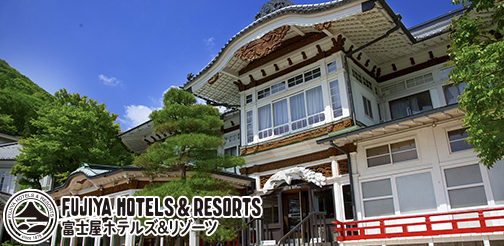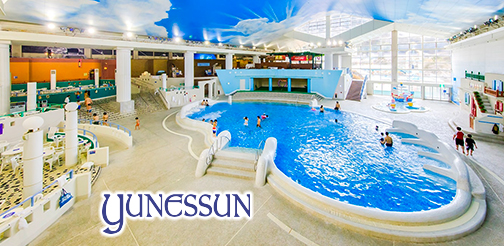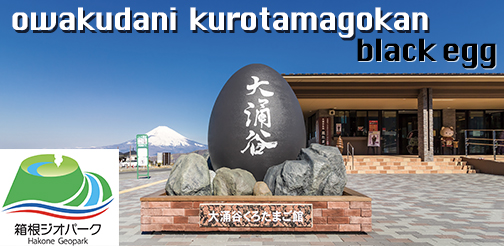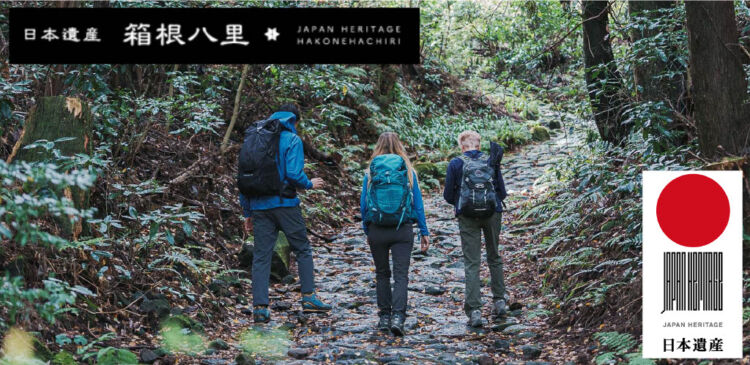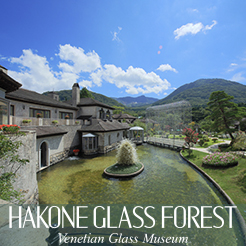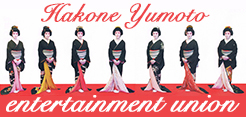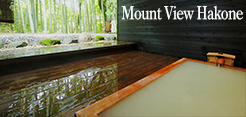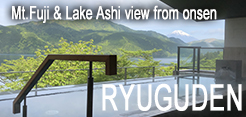Recently with the anime boom overseas, I have met many people at school and elsewhere who expect me to have an anthology of anime in my head. People excitedly speak to me about One Piece and Haikyu!! as if the only anime series I’ve watched were not Sazae-san, Doraemon, Yokai-Watch, and Anpanman. And, of course, as I haven’t watched much anime, I don’t necessarily see the appeal as clearly.
But there’s something to be said about the dreaminess of anime films. I’ve seen the clips from My Neighbor Totoro and Howl’s Moving Castle, and the idleness of Japan’s countryside is perfectly captured on their screens. The visual wonderment of the scenery depictions often seems too good to be true. The perfectly calm and refreshing storms and rainy seasons (called tsuyu in Japanese), the beating sun rays of August, and the softness of the grass and water as they stream by houses sitting atop hills. And one of the most classic, is the soft swaying of a train car as the main character arrives at an idyllic escape far out to a remote Japanese village. The train car is usually either a retro green or red, and the seats are relatively sparse with commuters. Famously on time and efficient, without sacrificing the rustic, earthy feel of slow travel — seemingly a portal into a place where time flows a tad bit slower.
And while anime is purely a figment of the imagination, the inspiration for these creators is not. I first visited Hakone in early July. A heatwave was sweeping through Japan, making rounds through the Kanto region. I’d been struck with heatstroke the weekend before, and my younger sister had been hit during the work week. My daily bag had gotten heavier than usual as I began lugging around a sunhat, sunglasses, sunscreen, a parasol, and even a fan I had purchased in Kyukyodo earlier in spring. I had gone to Shinagawa station in the morning and later traveled towards Odawara, the neighboring town to Hakone, by shinkansen.
Shinagawa station is a sprawling compound, fitted with all the usual Japanese train station amenities: a market on the side, a detached department store, Starbuckses, and convenience stores galore. It’s also littered with people. People can often be seen campaigning for local – and sometimes even national – political offices, children, mothers, and businesspeople running late for their appointments and responsibilities, and those without them standing beside the poles smoking or drinking bottled coffee and tea. It’s hardly an escape from central Tokyo. The shinkansen is a universal Japanese experience: clean, timely, and quiet.
But one of the best things comes later in the journey to Hakone: traveling on the Hakone Tozan railway. The Hakone Tozan line first began operations all the way back in 1919, and the cars themselves seem like relics of the past. The trains are painted a fire-engine red, and they run on a picturesque route. It’s far slower than a typical train, allowing the guests to soak in the mountain views from the car and pass through grassy paths with the iconic hydrangeas, or ‘ajisai’ in Japanese, tracking the train car.
The Hakone Tozan railway ends at the Hakone Yumoto station. It’s understandably smaller than the stations in Central Tokyo, and is placed at the end of a shotengai, or ‘train shopping street.’ Along the street are many smaller ‘hidden treasures’ which I explored on my first day in Hakone.
#1 Hakone Teramisu
Address: 706-1 Yumoto, Hakone-machi, Ashigarashimo-gun, 250-0311
Website: https://www.hakone-teramisu.com/
The Teramisu store is hard to miss on the shotengai. The store has three flowing screens out in the front, each detailed with a line drawing of each man involved in the creation of the store (Yukichi, Eiichi, and Takashi). A handful of benches are placed outside the shade of the store.
The Teramisu store specializes in several products, but its main product is its namesake: the tiramisu. Unlike the typical tiramisu, they package them as take-home options: their tiramisus come packaged in small glass jars and paper boxes. According to the website, the creative packaging is a response to the way typical tiramisus topple – or in Japanese, kuzureru – as people eat them; the packaging allows customers to eat their tiramisus cleanly, even in hot summer weather. Their four year-round flavors include classic/plain, matcha, strawberry, and Armagnac brandy with Belgian chocolate. The tiramisus are handcrafted with local products, including coffee sourced from Hakone ‘Sokei Coffee’ and domestically produced mascarpone. Their seasonal flavors take into account the fruit harvests from various Japanese prefectures. During my time of visiting (at the height of summer), the flavors included Setouchi lemon and peach. Each tiramisu typically is priced anywhere from 400 to 500 yen, and larger packs with discounts are available.
Besides tiramisu, the store also specializes in Japanese soft serve ice cream. Their year-round soft serve lineup includes milk mascarpone, espresso, and tiramisu. I highly recommend trying out the milk mascarpone ice cream on hot days, pictured below. It’s perfect for sharing and has a soft, mild mascarpone flavor without overpowering the rich milk.
#2 Hiyori
Address: 702-1 Yumoto, Hakone-machi, Ashigarashimo-gun, 250-0311
Website: https://www.hiyori-hakone.shop/
Skincare shops are popular throughout Japan, and in most cities, you will be able to find a number of shops that specialize in not only soaps and moisturizers but also face towels, oil blotting sheets, and perfume balms. Hiyori is one such shop. Tucked away on the corner, slightly removed from the main street, the shop has a woody exterior that exudes a Japanese feel. In the window, you can also see the variety of products they offer: some traditional, while others are more experimental and modern.
One of my favorite products they carried was a jelly ball cleanser labeled ‘Furu-Furu Savon.’ They had four different types, each infused with different metal flakes and products. They had pink gold, gold leaf, platinum, and silk. Each product also had a distinct scent, some with a more soapy aroma, while others were more floral and mimicked perfume.
Another product they specialized in was a konjac sponge, which also served as a face wash. The sponge expands in water and can be placed alongside your bathroom products. When dry, it’s brittle and has a texture similar to floral blocks and styrofoam. The konjac sponge, similar to the Furu-Furu shabon, comes in various types, including bamboo charcoal and green tea.
The last product I recommend is their oil-blotting fabric. While disposable blotting sheets are much easier to find elsewhere, the store specializes in reusable cloth oil-blotting fabric. The fabric is soft and can be easily hand-washed and dried, but it’s incredibly beneficial during Japan’s hot and humid summer months. The shop operator informed me that the fabric can be used several times before washing, and can last several years with proper care
#3 Chimoto
Address: 690 Yumoto, Hakone-machi, Ashigarashimo-gun, 250-0311
Website: https://www.yumochi.com/
Chimoto is arguably one of the most famous shops on Hakone-Yumoto shopping street. Chimoto is slightly further away from the station but is still hard to miss. It has classic Japanese woodwork architecture and a piece of large linen fabric with the brand motif billowing in the front. The traditional architecture tells the store’s history, which has been in operation for over 70 years.
Chimoto is an authentic Japanese heritage shop specializing in yumochi, a Japanese confectionary. Yumochi is a soft rice cake that wraps around yokan, a red bean paste. Chimoto’s yokan is yellow and square-cut. Chimoto’s yumochi also has a delicate yuzu scent.
For those slightly less adventurous with unknown flavors, I recommend purchasing a handful of kintaro-ame. These snacks frequently go viral online for their satisfying production process. Yumoto has a large selection of flavors, ranging from more Japanese flavors like ume (pickled plum) to more classic flavors such as strawberry milk.
If you ever have some extra time on your hands, it’s also worth checking out the sit-down store. They have both an indoor and outdoor location. You can purchase some seasonal treats and try their aromatic green tea there. During the summer, Chimoto also sells kaki-gori, or shaved ice, a refreshing, well-loved treat.
#4: Dekobokodou Yumoto
Address: 692-10 Yumoto, Hakone-machi, Ashigarashimo-gun, 250-0311
Website: http://www.tanzawa-net.co.jp/shop/31.html
Dekobokodou is an expansive store relatively close to Chimoto. It has a dark, woody exterior which is hard to miss. Dekobokodou is a store specializing in stones, gemstones, and jewelry. You can find both ‘western’ jewelry, such as earrings and necklaces, and more Japanese jewelry, such as kanzashi, or decorative hair pins, adorned with small stones sourced from the shop.
The store has a massive collection of birthstones, collectible gems, and unique jewelry pieces worth looking at. One item I highly recommend checking out is their extensive earring collection, something that’s uncommon elsewhere around the world.
In Japan, it’s common for women to choose not to have their ears pierced. Instead, many women use clip-on earrings. And while elsewhere, these clip-on earrings are usually cheaper and usually only found in kid’s jewelry, in Japan, many stores offer services that exchange typical earrings (called ‘pierce’ in Japan) for clip-on backings (called ‘earrings’ in Japan). Many high-end stores also offer this service in Japan. At Dekobokodou, they
offer a range of metals (including hypoallergenic) and stones for people who don’t have their ears pierced.
#5: Kisetsu no Zakka Oriori
Address: 694 Yumoto,Hakone-machi, Ashigarashimo-gun, 250-311
Website: https://hakoneoriori.stores.jp/
If I had to pick one store that offers many quirky Japanese-style souvenirs in the Hakone-Yumoto area, it would be Oriori. It’s a small, cozy shop removed from the main shotengai, but it’s still easily accessible on the way back from Dekobokodou and Chimoto. The top of the store’s doorway is lined with small windchimes with distinctly Japanese designs on them.
Inside the store, you can find a wide range of Japanese stationery, accessories, and goods. They have a wall full of tenugui, towels made from cotton blends woven with patterns. They have more traditional Japanese designs, and some more innovative, cute designs that are more popular with the general Japanese population (think shiba-inu and flower-print). They come in varying sizes, from those people carry in their handbags to dry their hands off with, to larger decorative pieces for people to hang inside of their homes. The staff also change the designs with the seasons, meaning different designs are shown in the store every three months!
They also carry a variety of lightly-scented perfumes (which are recommended for perfume-wearers who are scent-sensitive) and accessories, such as earrings, kanzashi, and hair ties. There’s something for everybody in Oriori.
While the Hakone-Yumoto Shopping Street has many small trinkets and treasures that speak to the culture of Hakone – and Japan as a whole – Hakone has many other cultural and landmark sites that are not to be missed. There are also many experience-based attractions that are sure to fit any visitor.
For those who are experiencing Hakone over a short time period, there are a handful of tips I will give you to ensure a more streamlined experience.
Besides enjoying the view, the Hakone-Yumoto station is highly efficient and tourist-centric. Not only are there walls of brochures you can choose from, but there’s also this handy service the station offers called the ‘Carry Service.’ With a Hakone Free Pass, the service is free. Without a Hakone Free Pass (which I highly recommend investing in), there’s a small fee for the service. You can drop off your luggage at the station right after arriving, and the Carry Service will transport your baggage (with the exception of valuables) directly to your hotel, saving you time if you’re in a rush.
If you’re staying in Hakone for any longer than a day, the Hakone Free Pass is a fantastic investment. Not only do you get sizable discounts at the entry to many different attractions around Hakone, but you also can get free bus transportation (which quickly adds up, as Hakone is an incredibly hilly destination) which will take you right outside of most of the locations I speak of in this article.
I’ve compiled a short list of some experience-based attractions that will interest children, teens, and adults alike. There are many things to experience in Hakone, and all of these are not meant to be missed!
written by Erika Hornmark


